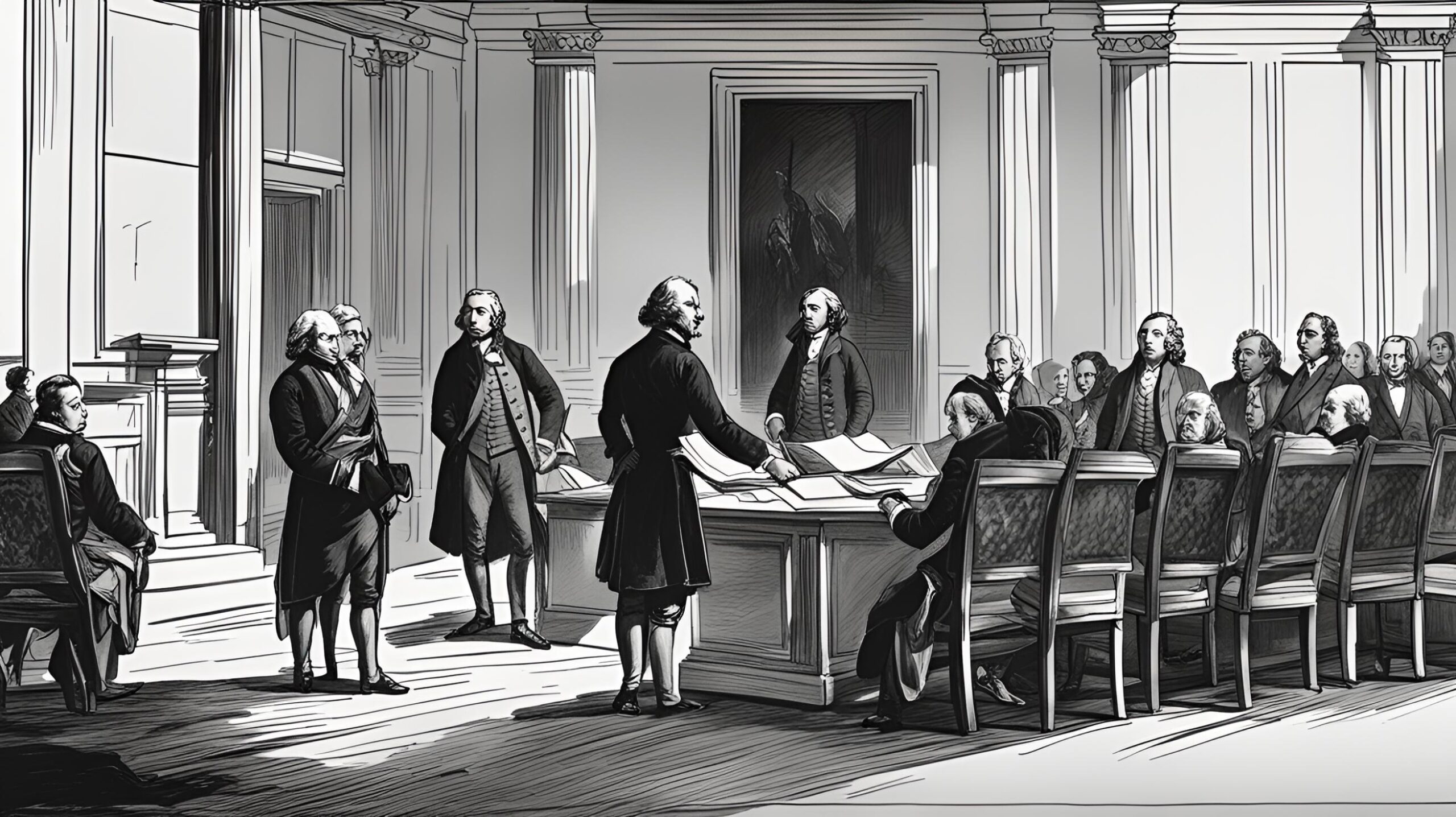Flashback to November 15
American History

In November 1990, a landmark event in the sphere of U.S environmental law took place. US President George Bush manifested his commitment to environmental preservation by signing one of the most influential and historic amendments to the United States environmental law – the Clean Air Act of 1990. This legislatorial event represented a significant stride forward in the U.S.’s commitment to protecting the environment by addressing mounting concerns around air pollution and its myriad adverse effects on our environment and public health.
The Clean Air Act of 1990 was introduced against a background of escalating public awareness around environmental issues. During this period, the world began to recognize more definitively the negative impact of human activities on the environment. The Clean Air Act of 1990 served as a substantive response to these concerns, providing a blueprint for reducing harmful emissions from various sources to ensure cleaner, healthier air for all.
President George Bush’s signing of this significant legislation reflects his administration’s recognition of the importance of environmental protection. His facilitation of the Clean Air Act, through enactment, highlighted the pivotal role of governmental action in safeguarding our shared environment and natural resources.
The main focus of the Clean Air Act of 1990 lay in tackling acid rain, urban air pollution, and toxic air emissions. It instituted regulatory measures against harmful emissions from stationary sources, like industrial plants, and mobile sources, like vehicles. It also offered a more robust regulatory framework for addressing the problem of ozone depletion. These significant features of the Clean Air Act of 1990 provide testament to its role as a milestone in the history of US environmental legislation.
One of the key utilities of the Clean Air Act of 1990 was to establish a permit program to make it easier to keep track of sources of air pollution. This permit program expedited enforcement and reduced the ambiguity around responsibility for reducing pollution. These permits played an instrumental role in enabling the Environmental Protection Agency (EPA) to enforce the law more effectively and transparently.
These features point to the outward-looking and progressive approach embodied in the Clean Air Act of 1990. By incorporating these provisions, the Act pushed for positive, measurable change in pollution control. It marked a significant progression in environmental legislation and set a precedent for future measures in this realm.
Moreover, the Clean Air Act of 1990 entailed steep penalties for violating industries. This significant development set a high bar for compliance with environmental standards. As such, the Clean Air Act sent a clear message that adherence to environmental protection policy was not optional but mandatory for every stakeholder in the country.
President George Bush’s signing of the Clean Air Act of 1990 was an affirmation of the urgent need for environmental conservation. Mr. Bush’s endorsement of such a groundbreaking piece of environmental policy served as a model for other countries dealing with issues of air pollution and environmental degradation. The international community took note of his commitment to environmental preservation, spurring further action across the globe.
We strive for accuracy. If you see something that doesn't look right, click here to contact us!
Sponsored Content

Articles of Confederation adopted…
On November 15, 1777,…

John Mercer Langston dies…
Prominent African-American leader and…

Free US postal delivery…
On November 15, 1869,…

The Polaris missile is…
On November 15, 1960,…

US President George Bush…
On November 15, 1990,…

In separate events, mail…
"On November 15, 1985,…

